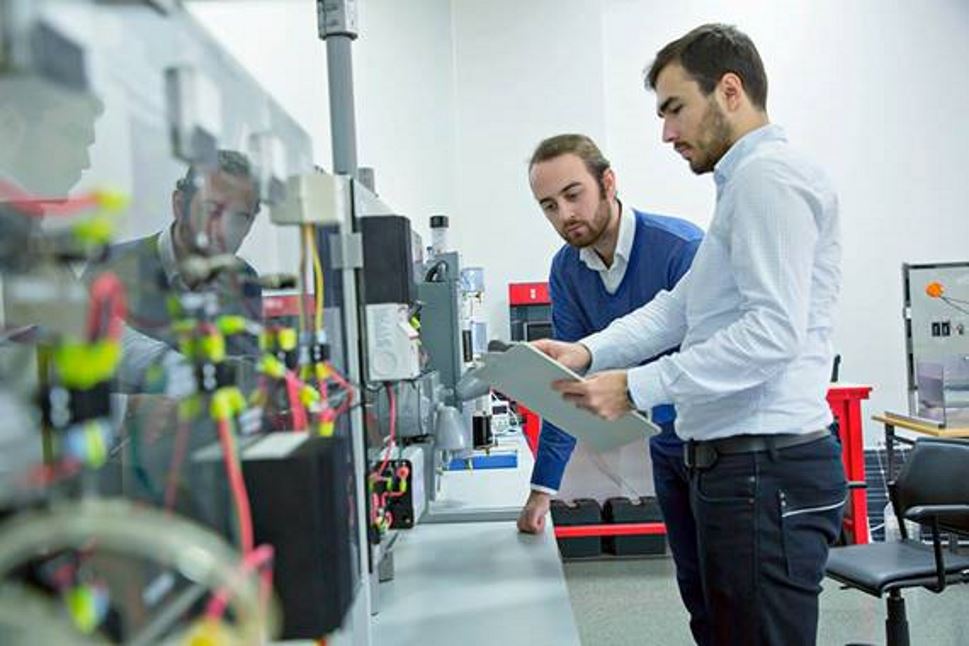Hydrogen
Valued for its reactive and protective properties, and used by many industries such as electronics, foods, glass, chemicals, refining and more can benefit from its unique properties to improve quality, optimize performance and reduce costs.

Our core capabilities of product, equipment, and service include:
Valued for its reactive and protective properties, and used by many industries such as electronics, foods, glass, chemicals, refining and more can benefit from its unique properties to improve quality, optimize performance and reduce costs.
Useful as a gas, for its inert properties, and as a liquid for cooling and freezing. Virtually any industry can benefit from its unique properties to improve yields, optimize performance and make operations safer.
There are several possibilities why oxidation is occurring in the process:
All of the above possibilities can be checked by using the proper analytical tools, such as an oxygen ppm analyzer and dew point analyzer at the supply system and the furnace. If the oxygen and dew point are acceptable at the supply system and not acceptable at the inlet of the gas to the furnace, then there is a leak in the piping. If the readings are acceptable at the inlet at the furnace, then an analysis of the furnace atmosphere is warranted. If the furnace atmosphere is poor, then most likely there is a leak in the furnace seals.
Our technical team is here to help you. Book a free consultation today!